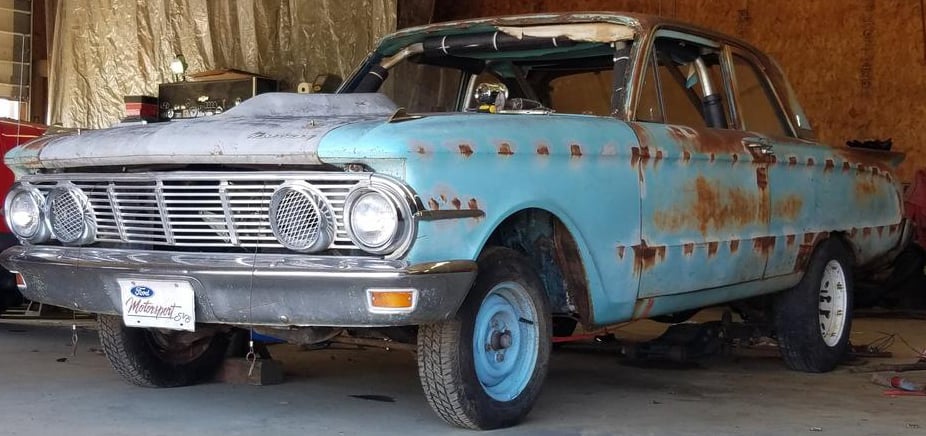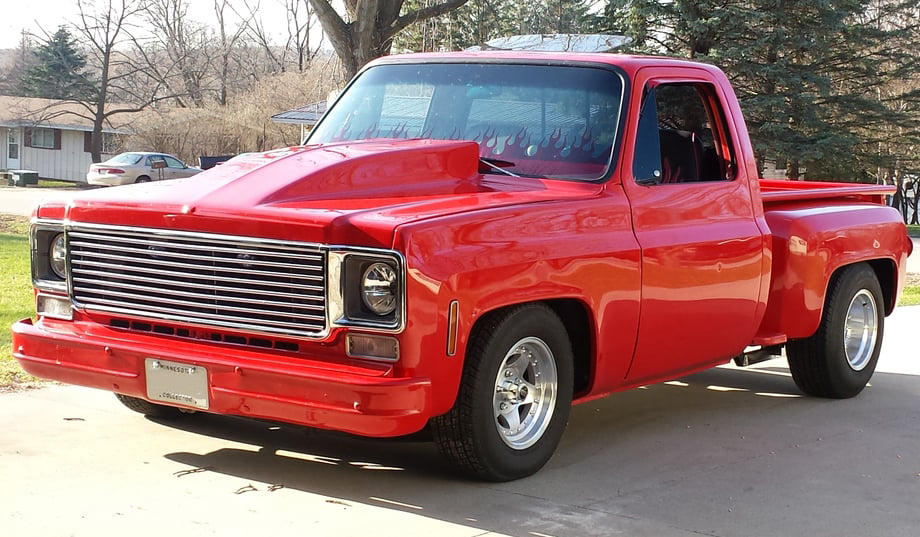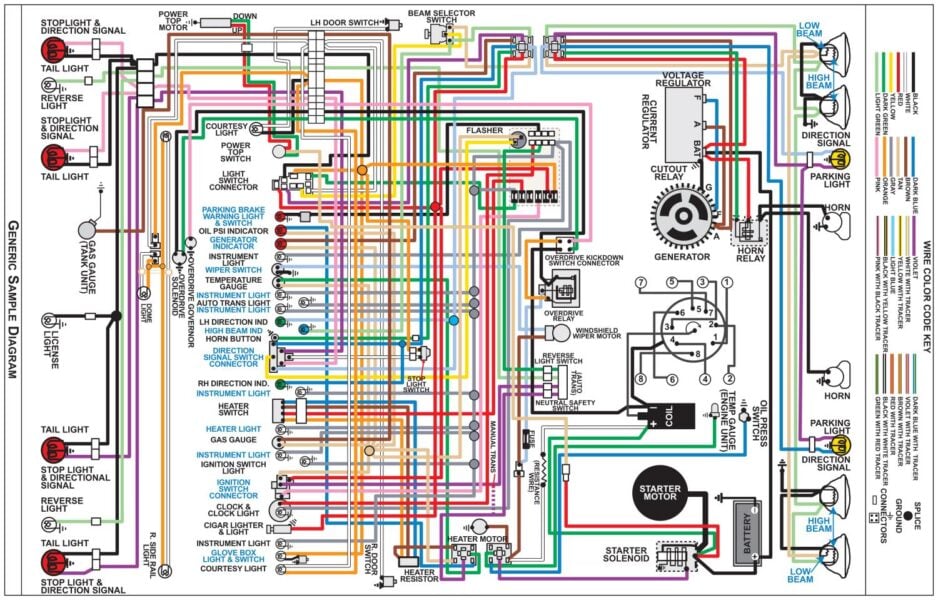Sign up now to join the JEGS email newsletter and be the first to learn about new products, special deals and e-mail only offers!


Classic cars, depending on their age, can be challenging to maintain and may have limitations when it comes to power. Adding a modern engine to your classic car is a viable option if you seek enhanced performance and reliability. However, it's essential to weigh the pros and cons before embarking on such a project.
In this guide, we'll delve into the world of engine replacements for classic cars, discussing whether it's the right choice for your restoration, estimating the engine replacement cost, and guiding you through the process.
The decision to put a new engine in your classic car is a significant one. It can improve reliability and performance while maintaining the classic appearance. However, it's not a straightforward task, and several factors should be considered.
Modern engines are generally more reliable but come with advanced technology, making them more challenging to work on. Additionally, adapting a new engine often requires substantial modifications to your car's chassis and transmission, which can be complex and costly.
It's essential to recognize that an engine swap can impact the classic car's value. In many cases, the engine is a crucial factor in a classic car's worth, particularly if it's a numbers-matching vehicle. For example, a 1971 Plymouth Barracuda's value is significantly tied to its original 426 Hemi V8 engine.
On the other hand, if you have a less valuable classic car and don't intend to preserve its originality, replacing the engine with a modern one can be a practical choice, especially if spare parts for the original engine are scarce.

Determining the exact cost of an engine replacement is challenging due to numerous variables. However, understanding what changes are necessary can provide a rough estimate.
The cost of the new engine itself is a significant expense. Common engines are more readily available and affordable, while high-performance or specialty engines can cost several thousand dollars.
Regardless of the engine you choose, modern engines often require alterations to the rest of your car. They come equipped with electronic engine management systems, necessitating the integration of additional wiring and electrical components. You may also need to make substantial adjustments to the transmission or replace it entirely to handle the increased power and torque.
Labor costs should also be factored in. Depending on the extent of modifications required, an engine swap can take anywhere from a few days to several months. The skilled labor involved can contribute significantly to the overall cost.
In general, anticipate spending between $3,000 and $15,000 or more for your engine swap. Keep in mind that this is an estimate, and your specific requirements will determine the final cost.
Sign up now to join the JEGS email newsletter and be the first to learn about new products, special deals and e-mail only offers!

If you possess the necessary time, patience, tools, and technical expertise, attempting an engine swap on your own can be a rewarding experience. However, we recommend thorough research or seeking professional assistance, as unexpected challenges may arise during the process.
Here are the basic steps for replacing an engine in a classic car that already has the necessary chassis and transmission modifications:
While swapping the engine in a classic car can be challenging, JEGS offers kits with everything you need to simplify the process. These kits often include engine mounts, headers, gaskets, oil pans, cooling systems, and even subframes for certain applications.
Replacing a classic car's engine is a complex endeavor that demands time and resources. It can take anywhere from a week to several months, and unforeseen issues may arise during the process. While some enthusiasts may tackle it themselves, it's crucial to assess your skills and consult with professionals if needed.
Determining when to replace the engine in a classic car depends on various factors, including the condition of the original engine, your restoration goals, and the availability of spare parts.
Preserving the original engine in a classic car is essential for maintaining its historical and collector's value. If your vehicle is a numbers-matching classic with a well-preserved engine, it's advisable to retain the original powerplant.
To estimate the cost of replacing your classic car's engine, consider factors like the engine's type, the extent of modifications required, and labor expenses. A modern, readily available engine will likely cost less than a high-performance or specialized one. Labor costs can vary significantly depending on the complexity of the swap.

Swapping the engine in your classic car is a substantial project that demands time, effort, and financial investment. JEGS offers a wide range of parts and kits to assist you in this endeavor. Additionally, our catalog includes various restoration parts, from wheels and tires to steering and suspension components. You can conveniently find all the necessary parts for your classic car by entering its make, model, and year on our website.




